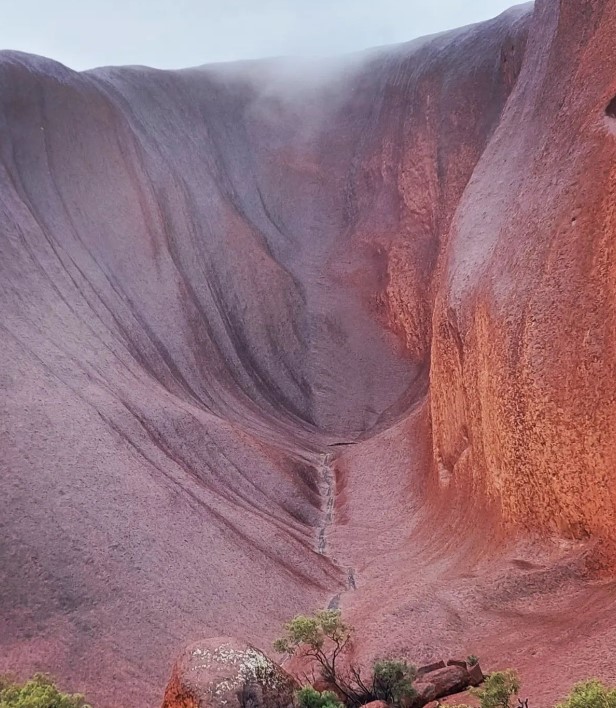Alice Springs and Uluru cop a drenching
Heavy summer rain has fallen in southern parts of the Northern Territory, including Alice Springs and Uluru, due to a low pressure trough currently centred over the central Northern Territory.
- Alice Springs has seen over 100 mm in the last two days, with 17 mm to 9 am Sunday, followed by a fall of 83.6 mm to 9 am Monday – the majority of which fell in a constant heavy downpour from 5 pm to midnight on Sunday evening.
- This made Sunday the wettest January day in 22 years while it was also the wettest day in any month since February 2, 2022, when 86.4 mm fell.
How unusual is heavy Alice Springs rain?
We think of "The Alice" as a desert city, however it actually receives an annual average rainfall of 281.6 mm – which is just a tick above the figure of 250 mm of rainfall used by many international meteorological agencies to define desert areas.
While rainfall is indeed very low in Aiice Springs in the six months from April through September – with considerably less than 20 mm on average in each of those months – the city of 25,000 residents sees an average monthly rainfall of between 20 mm and 42 mm from October through to February.
The wetter months correspond to the Top End wet season, when on occasion, tropical lows drift far enough south to deliver significant rainfall. That's what happened over the last couple of days.

Image: A big soggy rock. Source: @miss_meegan via Instagram.
As mentioned, rain also fell in the Uluru area, although it wasn't as heavy as in Alice Springs, around five hours to the northeast, with 34.6 mm over two days. That was still enough to get a few waterfalls flowing down the iconic Rock.
A few showers could stick around for the southern NT over the next day or two before a drying trend. Top temps in Alice Springs will be in the low-to-mid-thirties, which is relatively mild for January – the hottest month of the year with an average maximum of 36.5°C.